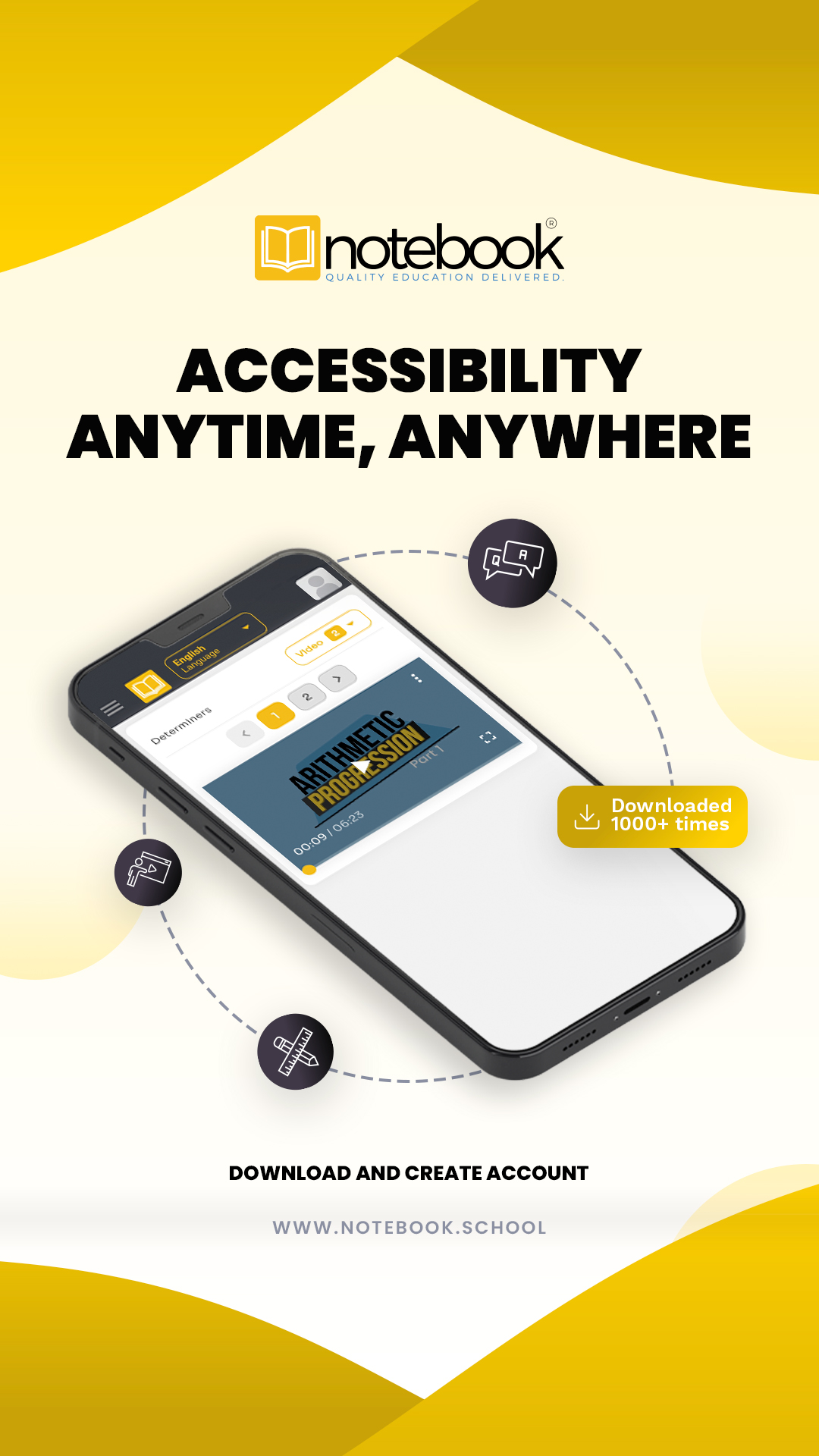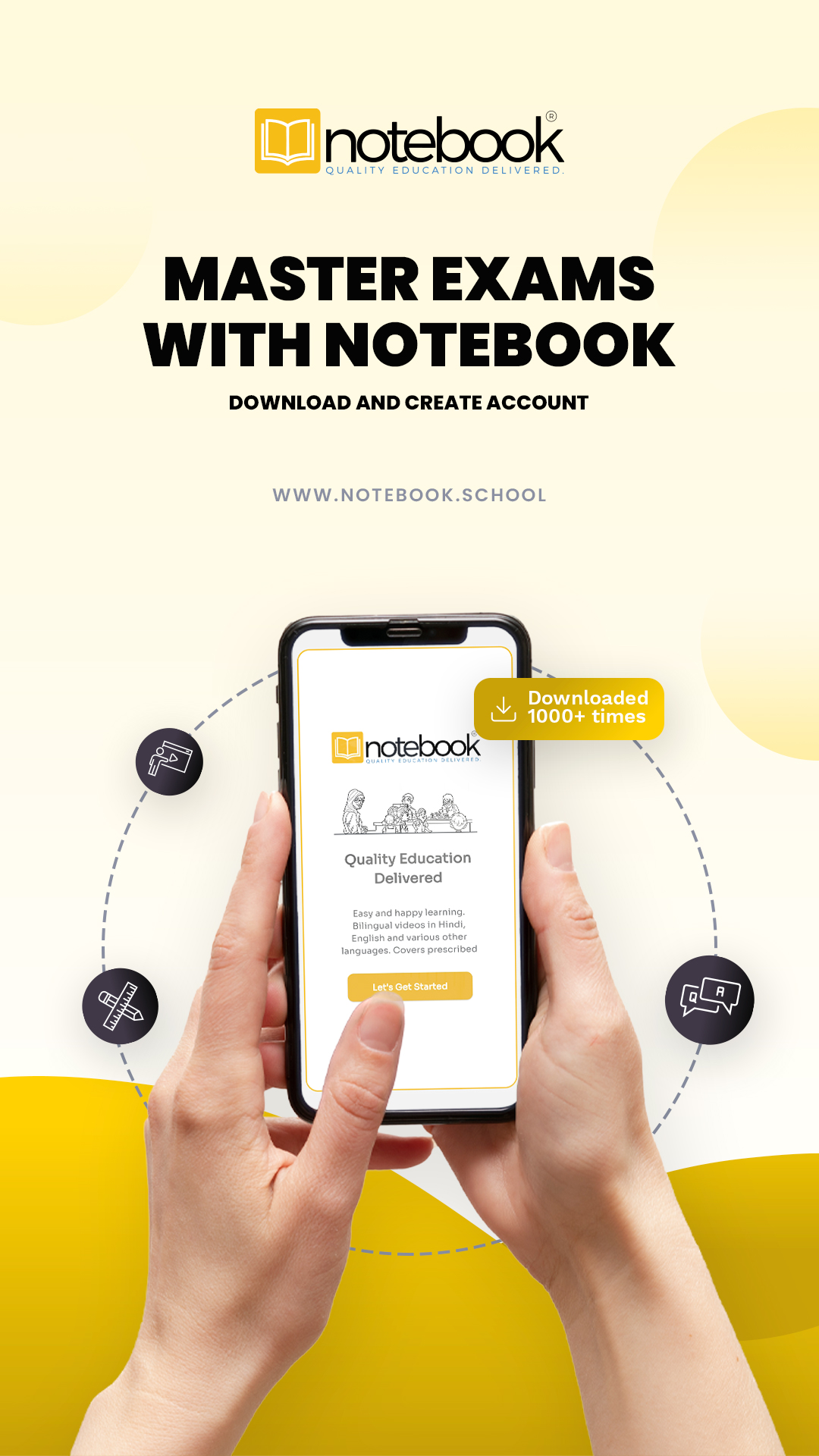The chapter covers a range of topics, including: Definition and Types of Debentures: Explains what debentures are and their various types such as bearer debentures, registered debentures, secured debentures, unsecured…
Read More
The reconstitution of a partnership firm occurs when there is any change in the existing agreement among the partners. This chapter focuses on two specific scenarios: the retirement and the…
Read More
The chapter delves into the processes involved when a partnership firm is dissolved. It covers the difference between the dissolution of a partnership and a partnership firm. The key points…
Read More
Management is the process of planning, organizing, staffing, directing, and controlling an organization's resources to achieve specific goals. It is a pervasive and continuous process that involves coordinating human, financial,…
Read More
Spreadsheets are powerful tools that support a wide range of business applications. This chapter highlights the application of spreadsheets in three key areas: payroll accounting, asset management, and loan repayment…
Read More
A spreadsheet is a digital tool used to organize, analyze, and store data in tabular form. Spreadsheet software, such as Microsoft Excel, Google Sheets, and others, are integral in modern…
Read More
Organising is a crucial function of management that involves creating a structure of roles and responsibilities within an organization. This chapter covers the following key points: Definition of Organising: Organising…
Read More
The business environment encompasses all external and internal forces that affect the functioning of a business. These factors can be broadly classified into economic, social, technological, political, and legal environments.…
Read More
Principles of Management are broad and general guidelines that assist managers in decision-making and organizational behavior. Developed through experience and research, these principles help in the efficient and effective functioning…
Read More



